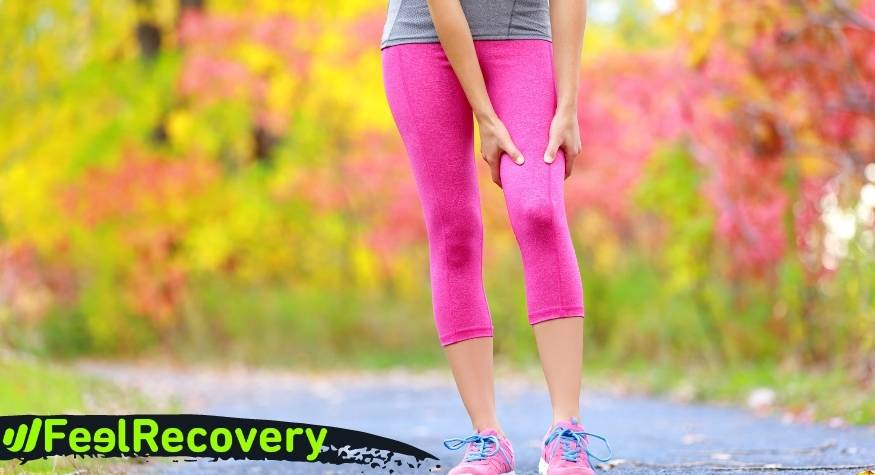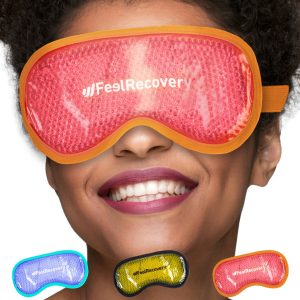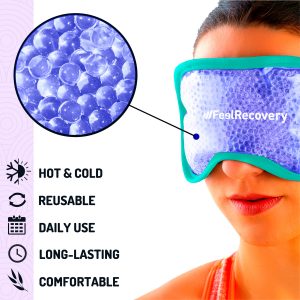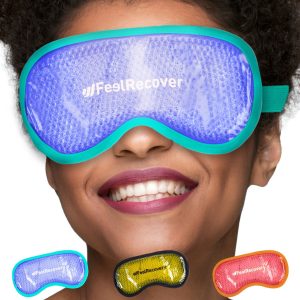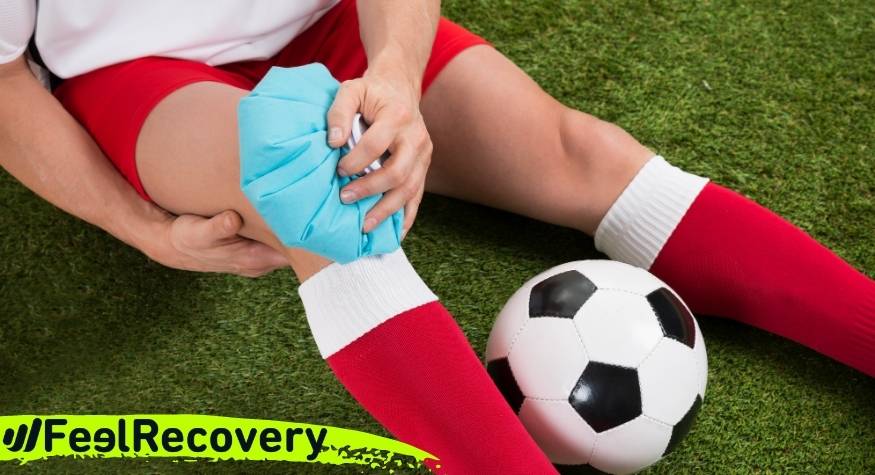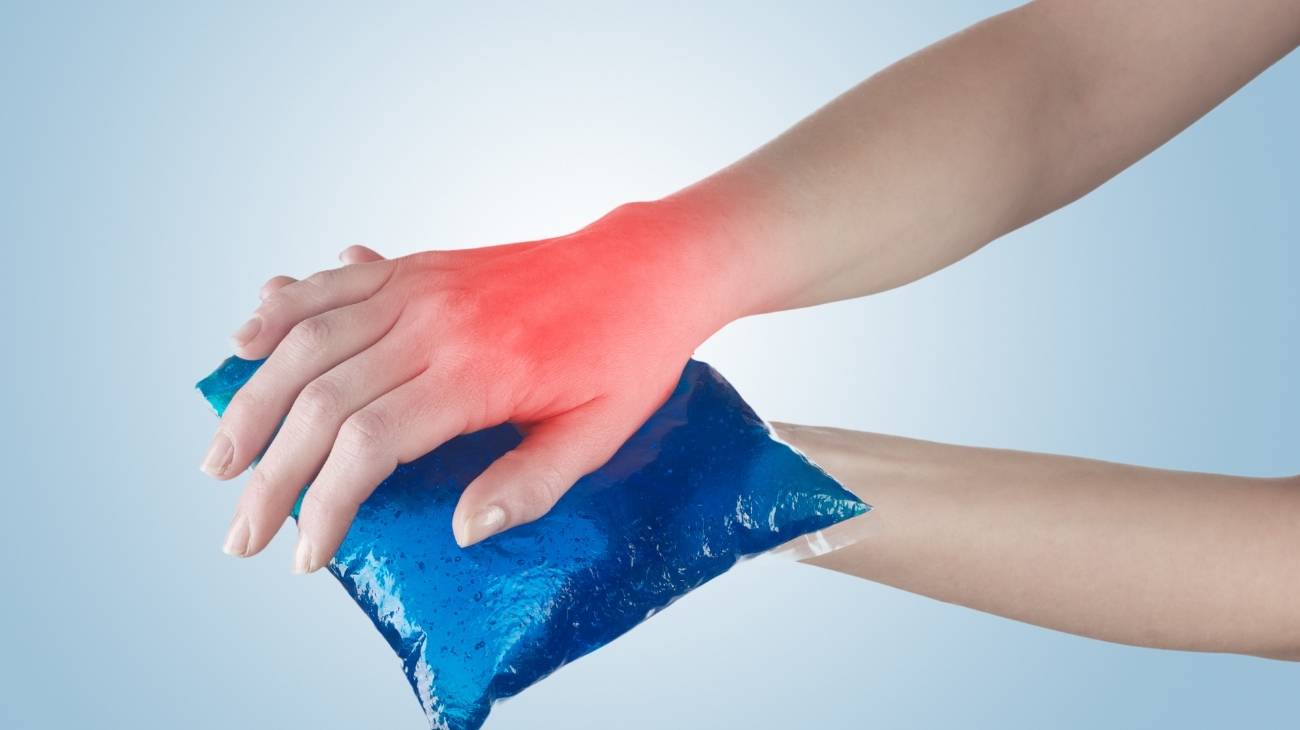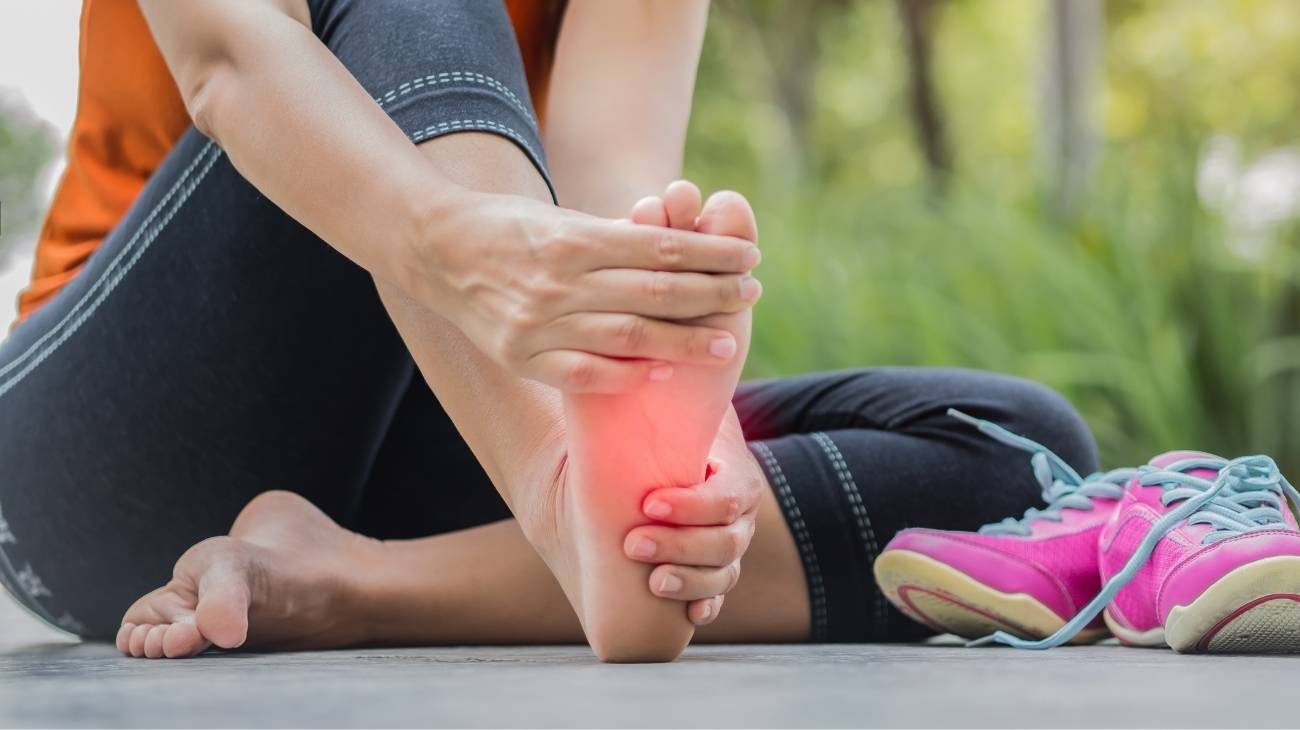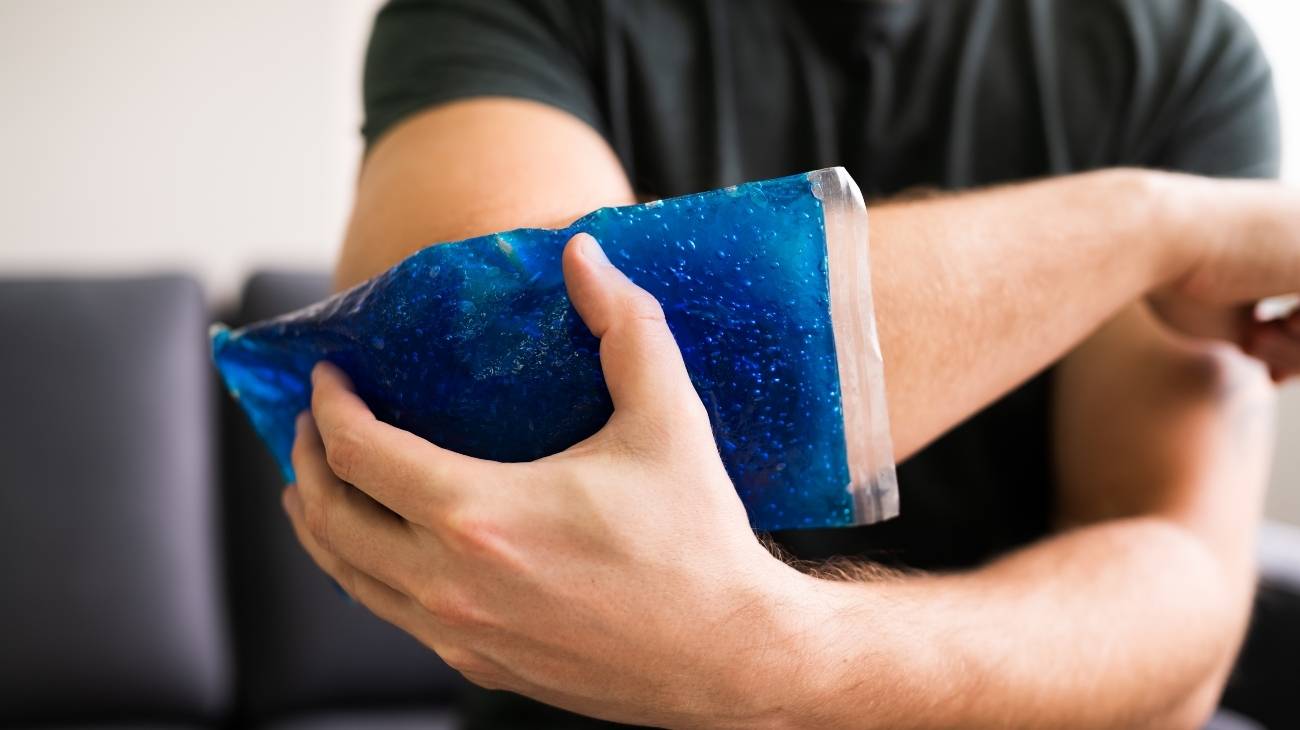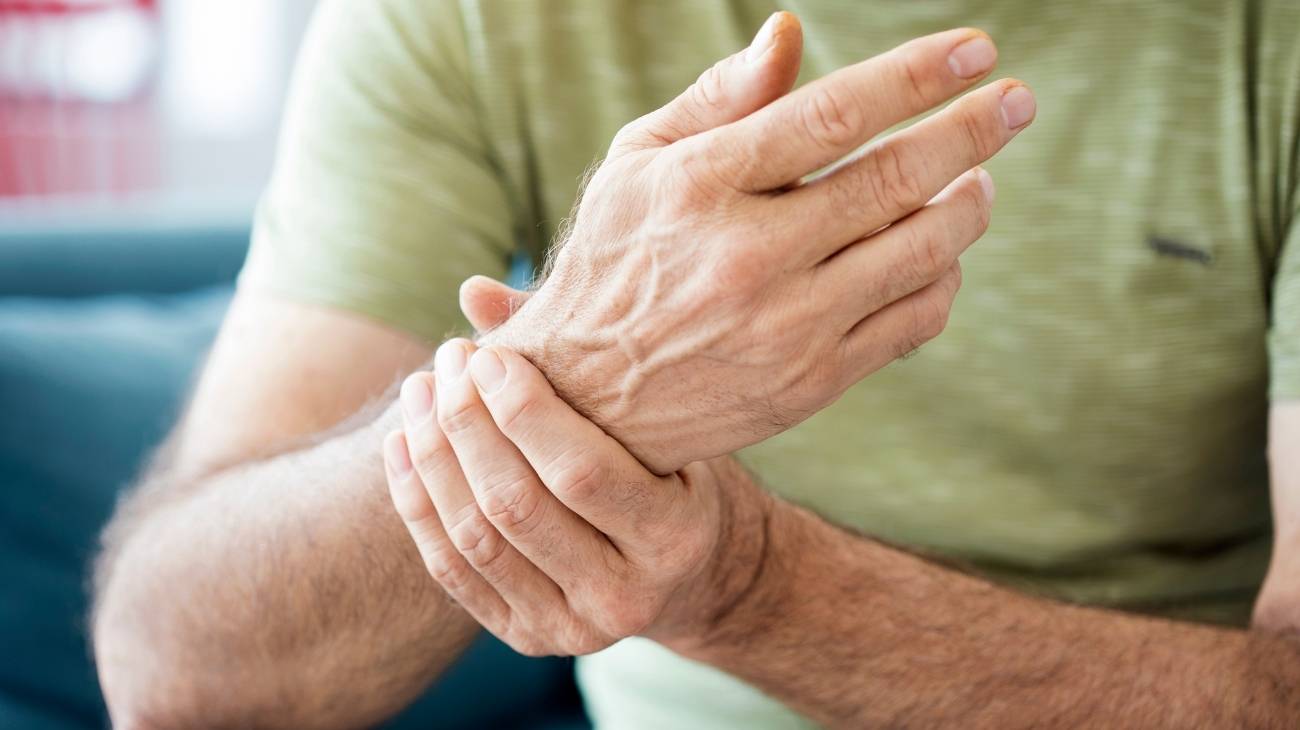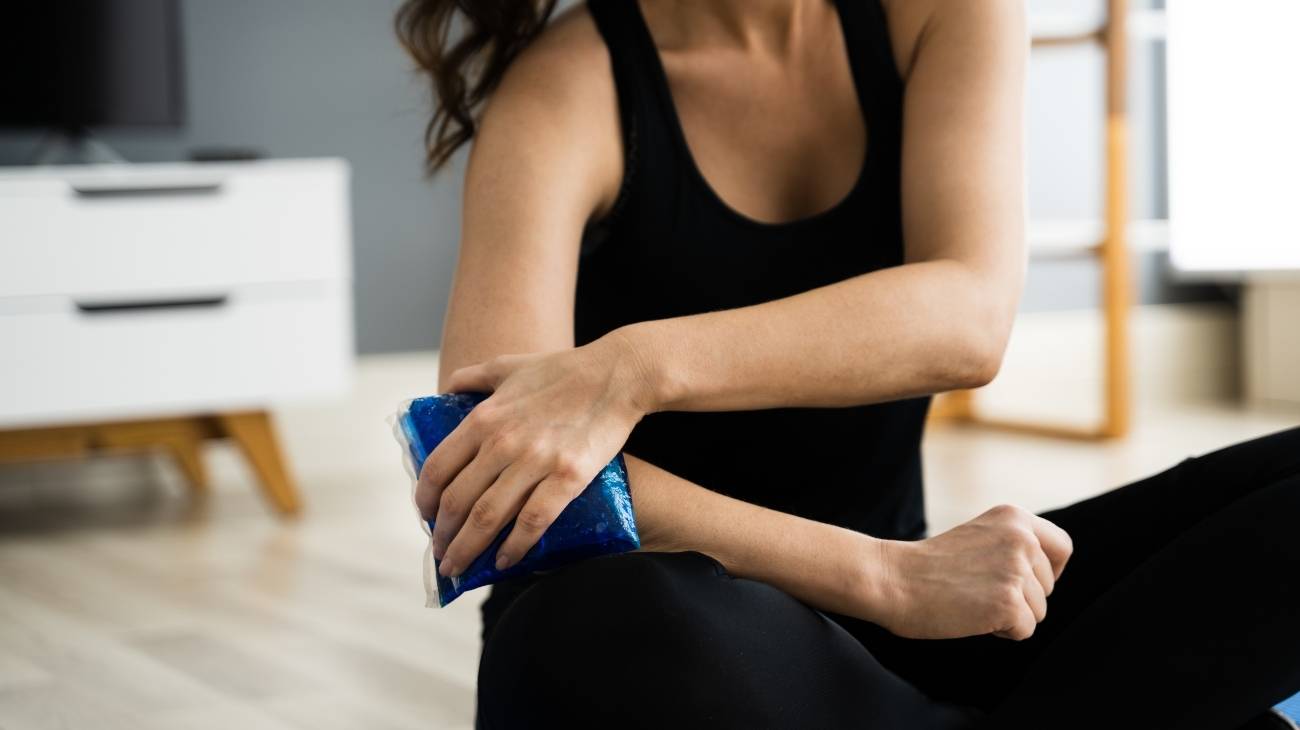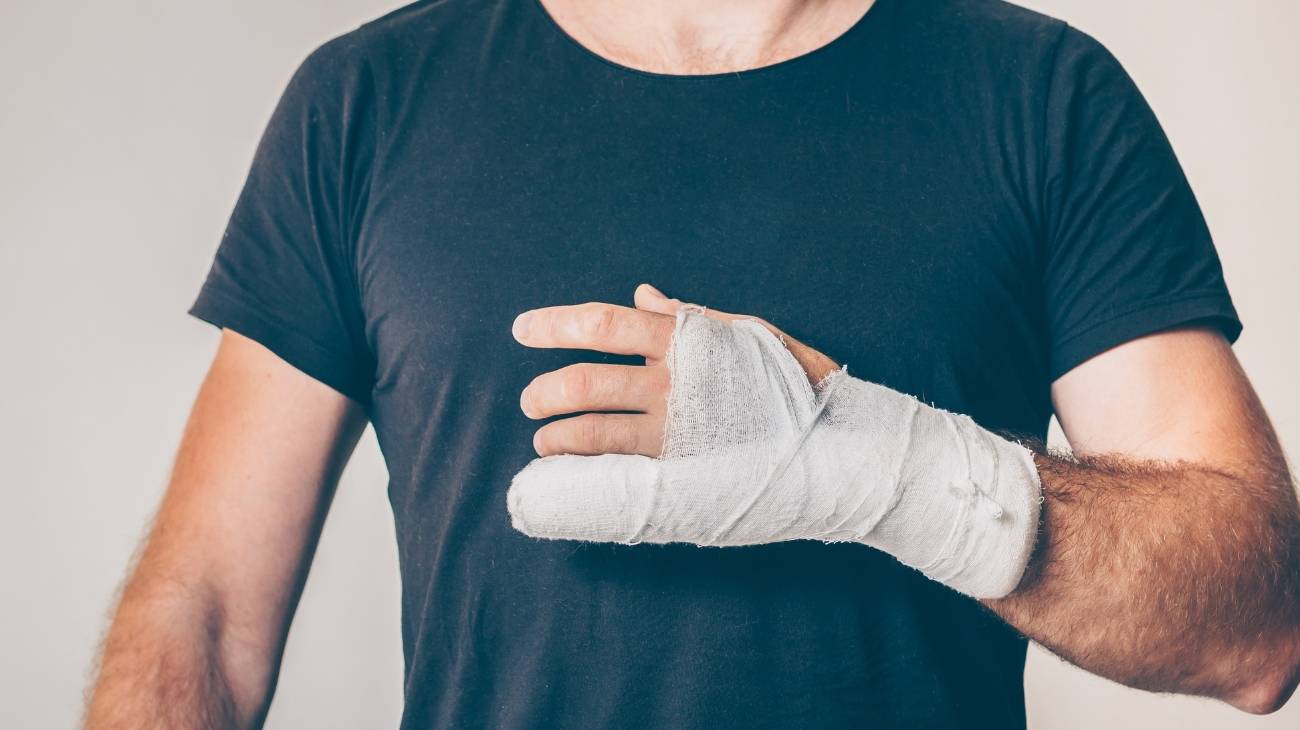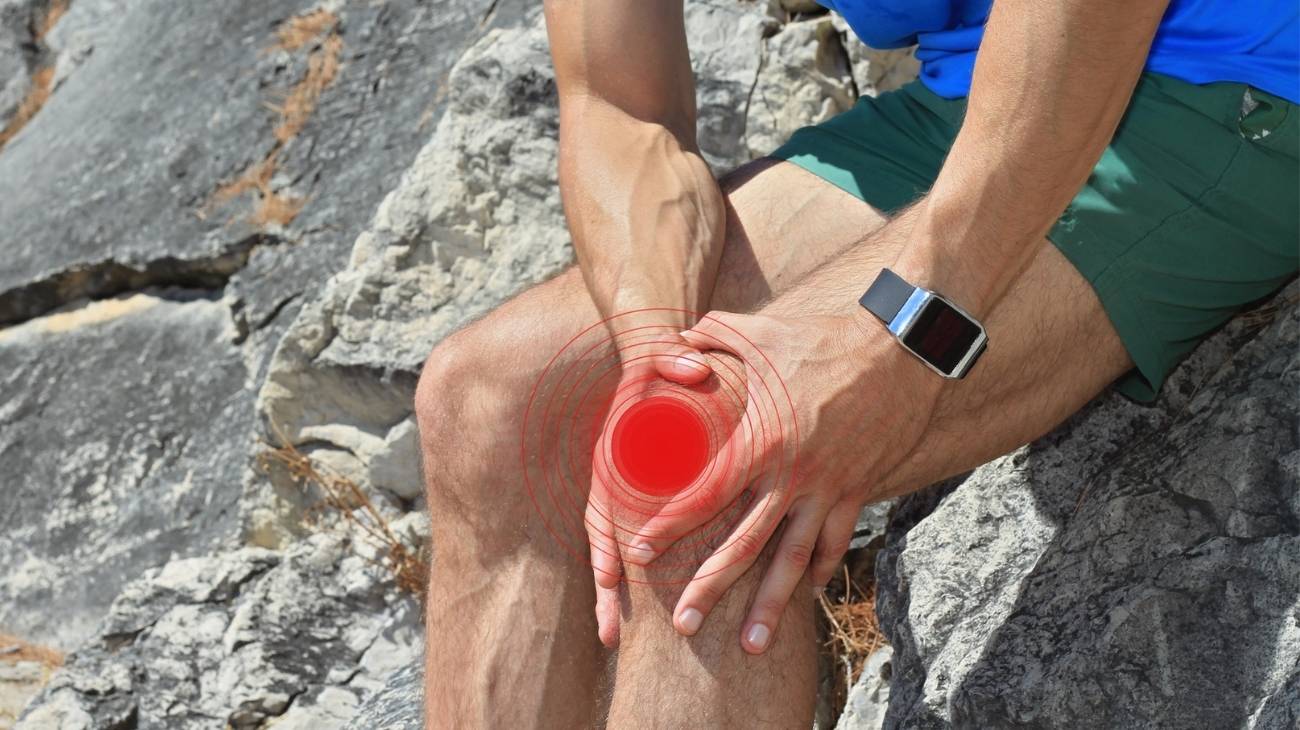Sprains and muscle strains are two of the most common musculoskeletal injuries. Although they generate a lot of pain and discomfort, they are not generally very serious and dangerous injuries.
Using hot and cold gel packs to relieve sprains and muscle contractions is usually the simplest and most practical method. It is very effective when done correctly and the best thing is that it has no side effects. If you would like to know more about this therapy, please join us.
What are the causes and origin of muscle strain pain?
As we have already mentioned, these two entities are the most frequent in terms of musculoskeletal disorders:
Muscle strain
Muscle strain is nothing more than a permanent and involuntary contraction of the muscle. They are characterised by shortening of the muscle fibres due to excessive strain. It is appropriate for any muscle to contract and stretch in order to produce the correct movements. However, in the case of muscular contraction the muscle does not manage to relax and the area remains indurated and painful.
The most evident clinical manifestation will be pain, inability to mobilise the muscle and swelling in the area. In general, this tends to occur after sudden movements, tension of the muscle in a sustained manner or a sudden change in temperature.
They appear according to the moment of physical effort made:
- During physical effort: These usually occur when the physical effort is high, either due to lack of training or to the exhaustion of the exercise. This is due to the body's inability to eliminate the product of the muscular metabolism, generating pain and inflammation.
- After physical effort: This occurs due to the inability of the muscle to return to its state of rest or relaxation after physical effort. After doing any strenuous exercise it accumulates a lot of fatigue that does not allow it to relax again.
- Residual contractures: These contractures occur after an injury to the muscles or some trauma. As a defence mechanism the muscle contracts to protect the injured area but tends to continue after the injury has improved. This persistence of the injury gives rise to a residual muscle contracture.
Now, we will talk to you about the origin and main causes of a muscular contracture:
- Excessive effort: This is one of the most frequent and most prominent causes. When a muscle is required to be intense or continuous, it can be injured and contract. Those who do not have frequent physical practices or who do not prepare themselves before doing them are more likely to suffer from a muscle contracture.
- Abrupt changes in temperature: when the muscle is subjected to an abrupt change in temperature it can generate an involuntary and painful contraction. It is much more frequent when the muscle is hot and subjected to extreme cold.
- State of emotional stress: When an organism is subjected to a situation of stress there is an accumulation of tension in all the muscles of the human body. This favours the appearance of muscle contractions.
- Dehydration: Loss of water and electrolytes such as potassium, magnesium and glucose can lead to muscle failure. All these elements allow the good functioning of the muscles and if there is a deficit the normal metabolism is altered producing a strain.
- Older people: older people are more likely to suffer from muscular contractures due to loss of elasticity and flexibility.
Sprains
A sprain is a totally different injury from a muscle strain. While muscle contractures occur in any muscle of the body, sprains are specifically limited to the joints. For this reason, sprains are defined as a stretching, elongation or tearing of ligaments that connect to the joints. The most common sprain that people suffer is in the ankle area.
It presents as pain and limitation of movement after a sprain or bad movement of the affected joint. In more serious cases, it can lead to an increase in volume and very pronounced bruising.
Sprains are usually classified according to their severity into three types:
- Grade I: This is the mildest type of sprain and involves a distension of the ligaments without breaking. At this level, there is a lot of pain and even inflammation, but there is no limitation of movement.
- Grade II: This type of sprain is characterized by a partial rupture of the ligament. Here the pain is much more intense and the joint has greater limitation of movement.
- Grade III: This is the most serious presentation because there is a total rupture of the ligament, even with detachment of the bone. A dislocation can also occur, further compromising the integrity of the joint. In this case there is an impossibility to move the joint, extremely intense pain and it is surgically resolved.
The main reasons why a sprain occurs are the following:
- Sprain: A sprain is much more frequent in the lower limbs, specifically in the ankle. It occurs when walking or running on an uneven surface and the foot loses stability.
- Some sports practices: Making sharp turns or overloading a limb during a sports practice can cause sprains. They often occur in sprains of the knee, hand and thumb.
- Trauma or falls: A blow to a limb can cause a sprain, as can a fall. Frequently they injure their wrists when they fall and lean with their hands.
- Muscle fatigue: Exhausted muscles are less likely to generate good support for the joints.
Inadequate equipment: Any equipment needed to play a sport that is in poor condition can lead to injuries such as sprains. It is frequent in the case of shoes that do not adapt well to the foot because they are too big or too small.
Bestseller
-
Gel Eye Mask for Puffy Eyes (Gold/Black)
$11.95 -
Gel Eye Mask for Puffy Eyes (Orange/Pink)
$11.95 -
Gel Eye Mask for Puffy Eyes (Purple/Turquoise)
$11.95 -
Ice Pack for Foot - Cold Therapy Socks (Black)
$24.95 -
Ice Pack for Foot - Cold Therapy Socks (Green)
$24.95 -
Ice Pack for Foot - Cold Therapy Socks (Pink)
$24.95
What is best for reducing muscle pain from sprains or contractures, cold or heat?
Hot and cold therapies represent one of the quick and easy options for improving pain from sprains or muscle contractions. The convenience of placing one or the other will depend on whether the injury is acute or later. The easiest way to do this is by using gel packs for cold or heat. It is important to know what the benefits of each are in order to establish the priority of their placement:
Benefits of applying cold
Cold therapy or cryotherapy is very beneficial for inflammatory processes especially when they are acute. Its effectiveness lies in being applied within 48 to 72 hours of the muscle contracture or sprain.
When the temperature of the tissues drops, the blood vessels contract. This results in reduced blood flow and migration of the elements of the immune system that cause inflammation.
Inflammation is produced by dead and damaged cells that awaken the invasion of repair cells generating even more inflammation. The cold also produces a decrease in capillary permeability that prevents the extravasation of fluid in the interstitial tissue preventing edema.
Among the benefits provided by the cold we can highlight:
- Reduction of blood flow: The reduction of blood flow due to vasoconstriction results in less inflammation and oedema.
- Interruption of pain transmission: The cold inactivates the pain receptors of the peripheral nerves, bringing about an analgesic response. When cold is applied locally the first few seconds will be itching, then pain and finally the elimination of the pain.
- It favours the recovery of the tissues: by keeping the tissues at rest it allows their recovery to be gradual and with a better response. The cold avoids the presence of bruises and damage to adjacent tissues so there will be a clear improvement in a short time.
Benefits of applying heat
Heat is also very effective in late painful and inflammatory musculoskeletal processes. Heat should never be applied to an injury that has just occurred because heat generates further vasodilation. This produces an increase in blood flow that can complicate an acute inflammatory process.
When an injury is more than 3-4 days old and the pain persists, it has a better response with localised heat. Vasodilation allows a better blood flow providing more oxygen and nutrients to the damaged muscles and tissues. When more blood arrives, the repair cells that promote tissue healing can migrate.
If there is a clear improvement in the damaged ligaments and muscles there will be a considerable reduction in pain. Some of the benefits of heat can be summarised as follows:
- It favours healing and recovery of tissues: The increase in blood flow provides better nutrition and oxygenation of cells and tissues favouring muscular and ligament recovery.
- Increases elasticity and flexibility: The heat recovers the tissues allowing a better relaxation of the ligaments and muscles allowing greater elasticity and flexibility.
- It reduces the rigidity of the joints: This is thanks to the relaxing properties of the ligaments and muscles.
- pain: Heat also reduces pain by acting on the pain receptors of the peripheral nerves.
How to use hot/cold gel packs to reduce pain in sprains and muscle strains?
There are two ways to use them safely. They can be cooled in the freezer or refrigerator and heated in the microwave or in a bain-marie. Here is the correct way to use them at both temperatures:
Cold use
Cooling the packs is very easy by following the recommendations below:
- Store the gel pad in the refrigerator or freezer for at least 2 hours.
- Remove it from the freezer and check that the temperature of the pack is correct.
- Start using it in the area of the lesion. With our packs it is not necessary to put protective covers or cloths to be used on the injury. They can be used directly because they come with a soft cover on one side.
- It performs cold exposure times for 10-15 minutes every hour. It should be repeated during the first 48-72 hours after the injury.
- Never exceed the time of placement of the gel packs to avoid cold burns or damage to the skin.
- It is important to control the placement of the cold and be aware of any change in skin colour.
- It is recommended to combine the therapy with periods of rest with elevation of the affected area.
- Return the gel pad to the freezer for further use.
Use in heat
Although our gel packs are not prepared for heat, they can be heated in a microwave or in a bain-marie:
If you have decided to use the microwave, follow these recommendations to make the process safe:
- Use the microwave at 800W for 30 seconds.
- Control the heating process by monitoring the temperature to the touch. The pack must be massaged to distribute the temperature correctly throughout the package.
- If the pack is not at the right temperature it can be reheated for 10 more seconds.
- In case the pack gets too hot it is left to rest at room temperature and then restart the heating again.
- Once the temperature is perfect, you can start using it on the area to be treated for 15-20min every hour. This process can be repeated for as long as necessary.
- You must visualize if the gel pack in the microwave has dilations on its surface. This only means that it has been overheated and should be left to cool down and then reheated.
- If the pad breaks, let it cool down and then throw it away.
- Never heat a gel pack in an oven or on a grill.

